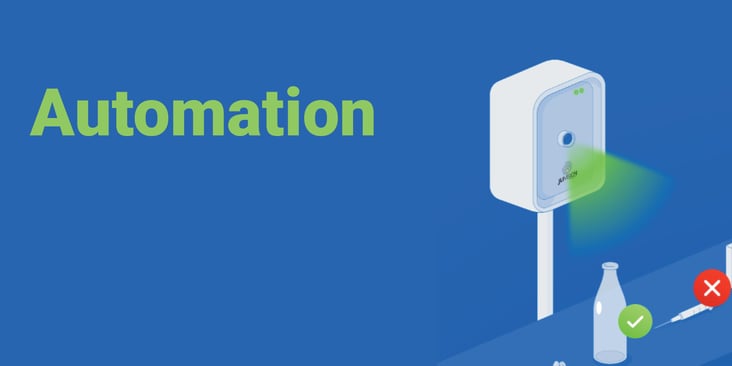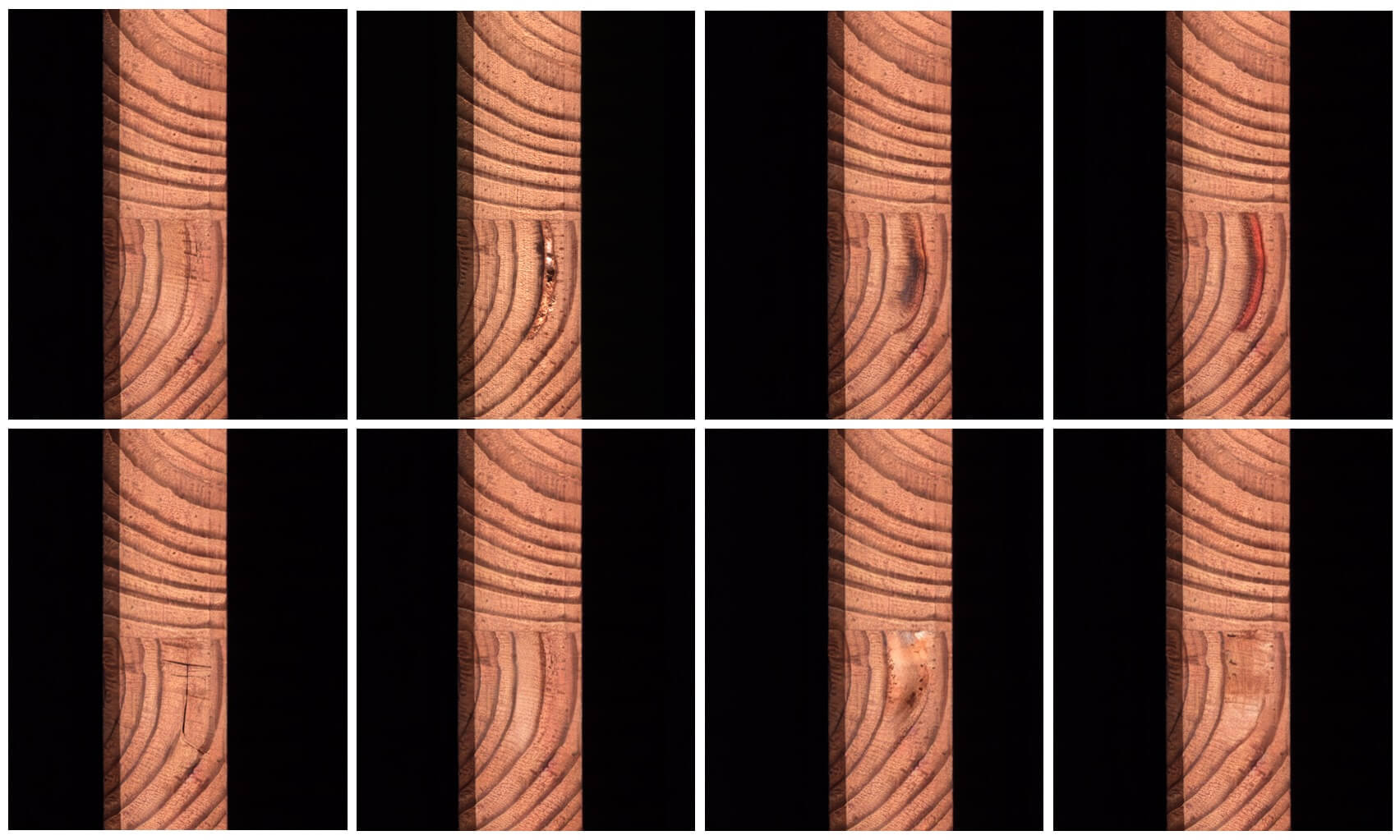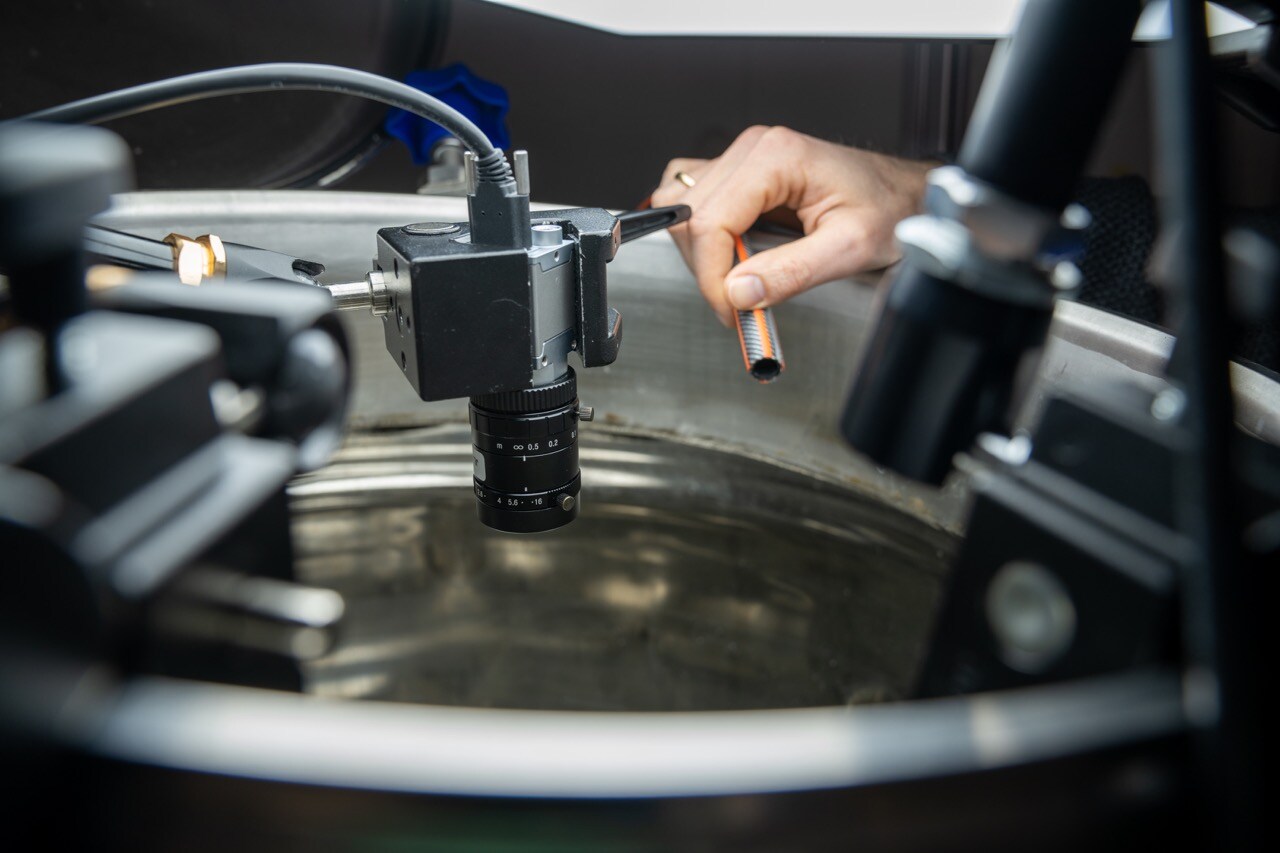Vision systems are used for an Automated Quality Inspection in numerous applications in industry and laboratories. One of the advantages of automation with machine vision, is that they can be very accurate and extremely robust. They can be designed for clean rooms and steelworks, and installed in all environments.

General questions about automated quality inspection
You can read an example of machine vision results, in this Machine vision case story.
There are many things to investigate before you can decide whether an inspection or measurement job can be solved with automated quality inspection.
Vision systems typically replace manual inspection on a production line with automated inspection. When thinking about automating an inspection job, it is important to find out how the operators do it today and also if they have other jobs on the line. Often inspectors also take care of the flow of components and can step in when there is a jam up.
When calculating the potential savings the number of persons on the line and number of shifts are important. There are many applications running 24/7 (steelworks) where one vision system can replace 5 workers.
The key point in all vision systems is to get a good image. In many applications the scene, illumination, optics and cameras require development that often take half of the man hours going into making a turnkey solution. When you have a good image in the computer there are many standard programmes that can identify edges, analyze surfaces and measure distances. Programming is often the smallest part of the job.
The questions to ask when looking at automated quality inspection are:
- Size of object – smallest – largest in all dimensions
- How many different objects are produced on the line
- Orientation – can we get the part presented the same way each time
- Surface variations – shiny or not reflective - what colors are being produced
- Vibration
- Conveyor speed max. - min.
- How many parts pr. minute
- Measurement accuracy
- Is the system for statistical purpose only, or should it be able to reject or guide
- What are the timing requirements from inspection to reject
- Shall the vision system communicate and guide robots or other equipment
- Where can the cameras be installed safely – especially in steelworks applications
- Safety - Is it medical devices with 0 defects, or are few faults acceptable
- How many false rejects are acceptable.
And of course it is vital to get samples we can test in our lab.
The samples should be the ones with marginal faults. These are the faults that may or may not be accepted as good. The marginal faults determine the sensitivity and the cost of a vision system.
The systems are built in Denmark. JLI vision will do the installation and commissioning in the customers factories. We normally say that we need 4 holes drilled in the floor and 230 V installed. We take care of the rest.
Guarantee:
All systems are delivered with a functional guarantee. No cure no pay. JLI are experts in vision technology and we are the ones who can say if a vision installation will be a success. We cannot expect our customers to take this decision.
Service:
Most of the service is done over the internet. It is vital that we can have Internet connection to our systems.




